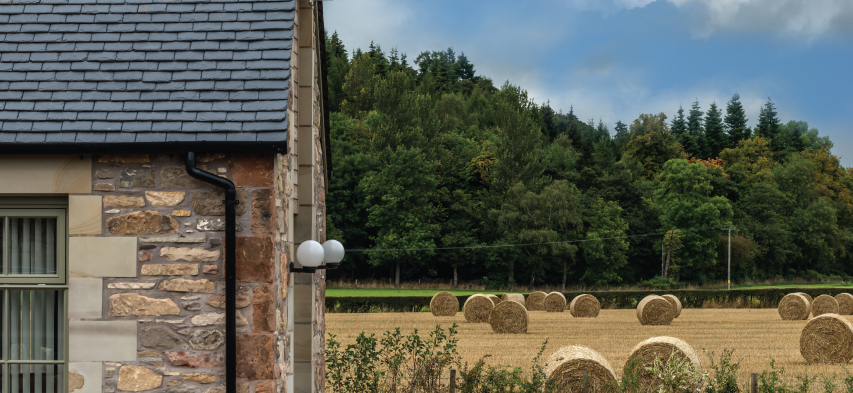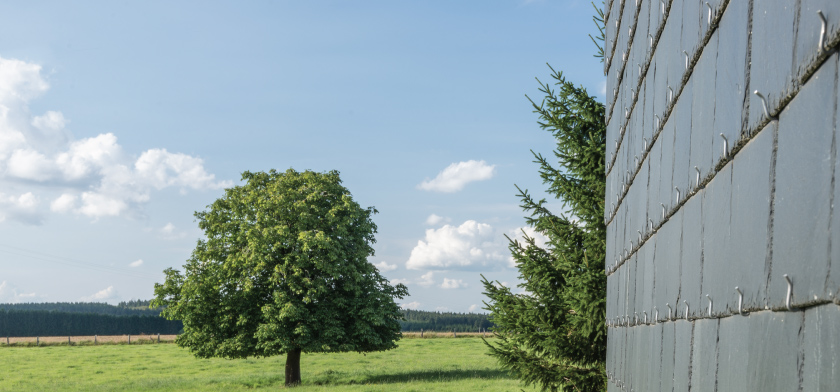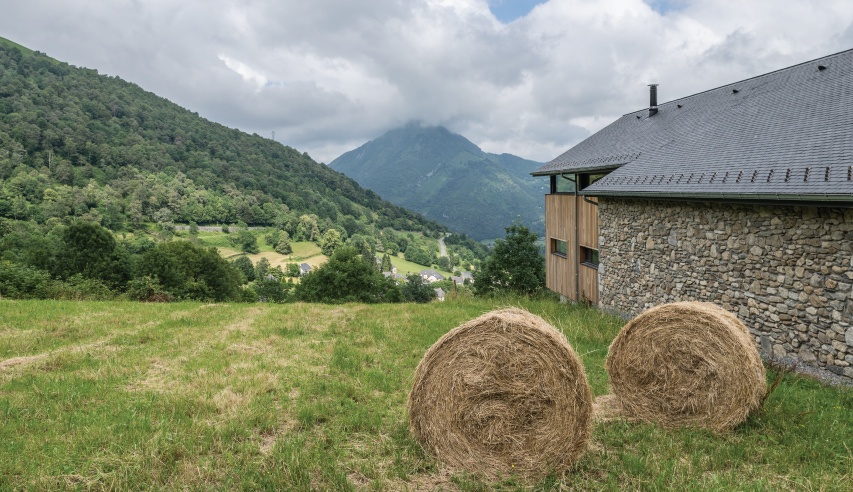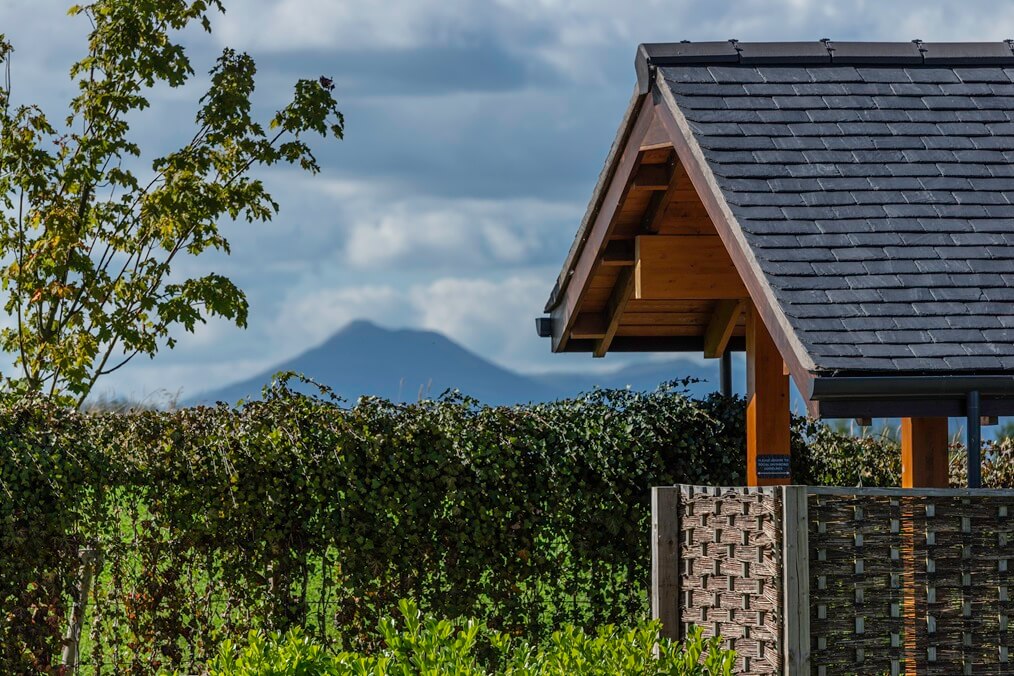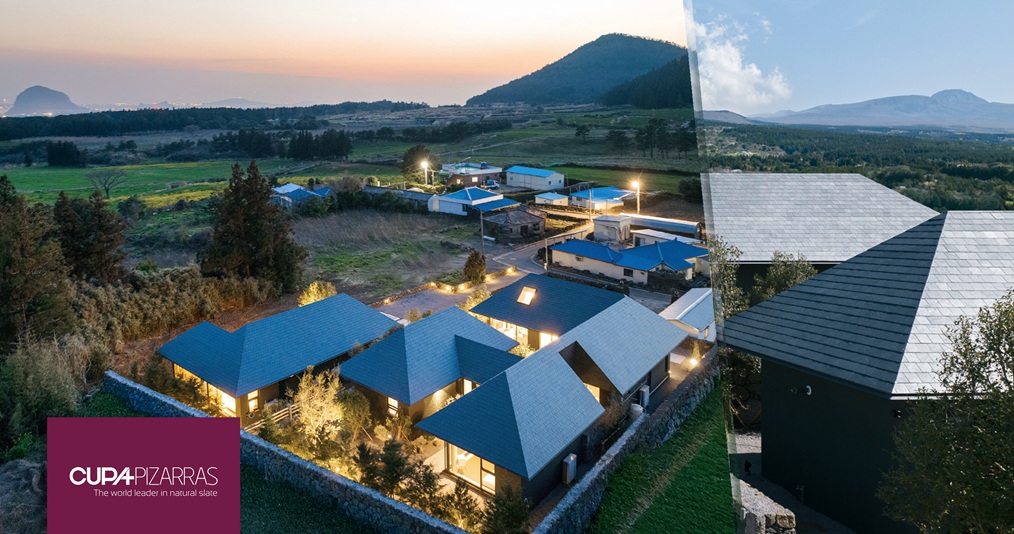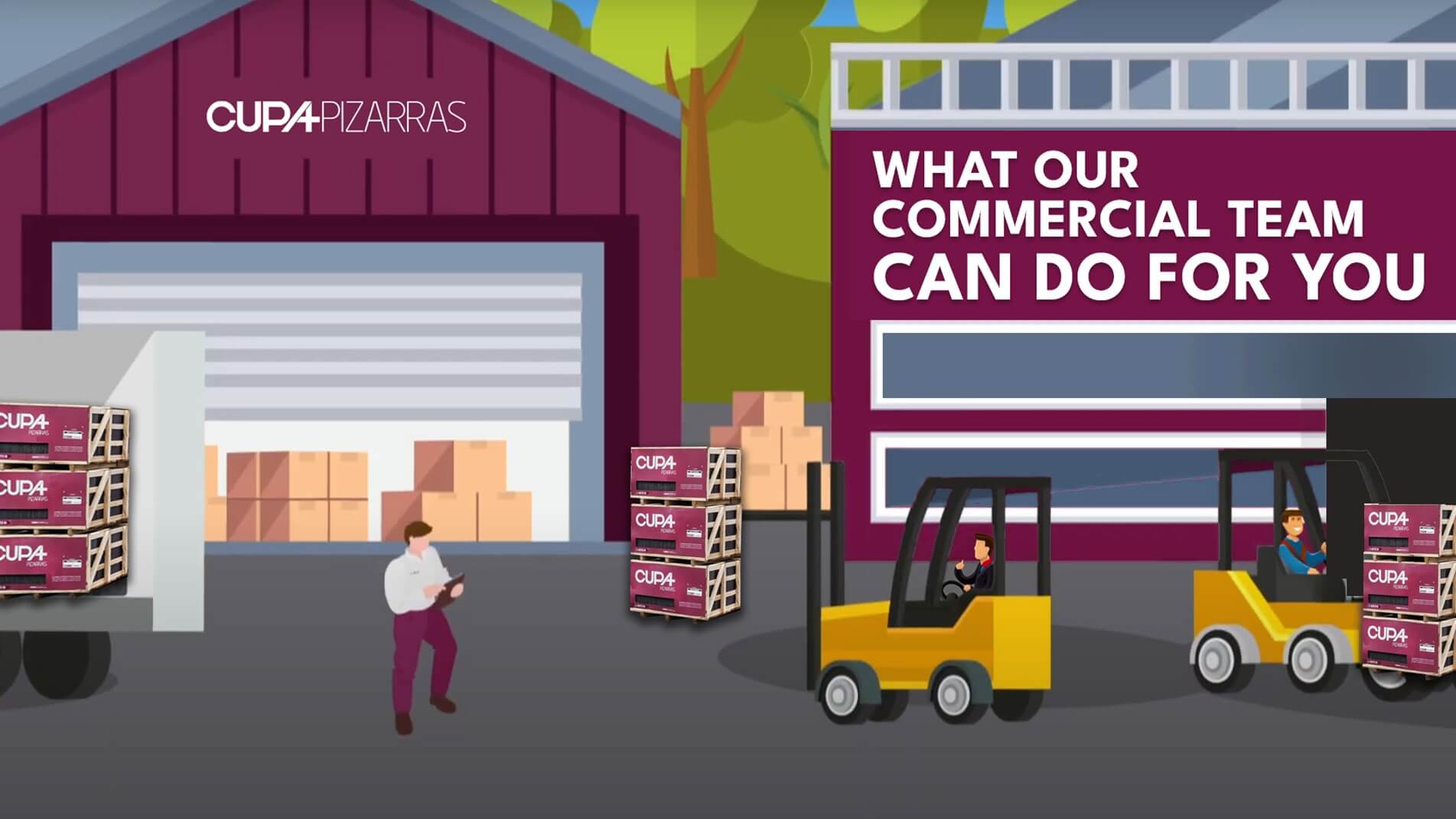True sustainability in building products
The concept of sustainability in construction is an imposition in today’s architecture and, for this reason, a new trend has appeared. It consists of using words like sustainable, ecological, green or similar ones when describing construction products.
Some materials, for example, might cause high CO2 emissions during their production process, but can also contribute in effectively reducing energy consumption in buildings once installed. These products are sometimes advertised as sustainable, making it harder for the architect to identify whether a product truly has green credentials or not.
It is also important to bear in mind products can achieve different degrees of sustainability, further complicating the issue. This why I think it’s appropriate that we ask ourselves what the basic requirements of a 100% sustainable product should be.
REQUIREMENTS FOR SUSTAINABLE MATERIALS
From my point of view there are mainly three:
- The first is that the material comes from nature. This is quite simple to prove, as it must be a material used in construction since the beginning of time. Wood, stone and cork, among others, are perfect examples.
- The second requirement is that, throughout its life cycle the product must have a low impact on both human health and the ecosystem. In other words, that it is a product which respects the environment and doesn’t have any known health and toxicity problems. Energy and water consumptions during the manufacturing process are particularly relevant here.
- The third essential requirement is durability, as this will allow for a good management of nature’s scarce resources. Some materials like natural stone are completely recyclable, last for hundreds of years and can even be reused in more than one project.
The truth is not many materials meet all these requirements, and most of which do, like wood and stone, have been used by men since prehistoric times. Natural stone in particular has several features that make it stand out as a green product
However, all natural stones don’t behave in the same way due to their geological composition. Tectonic natural slate, for example, not only meets the three aforementioned requirements but has other properties that make it a truly unique material. High thermal inertia and minimum absorption allow it to withstand any weather condition while its high flexural strength means it supports important weights with minimum thicknesses (0,3-0,6 cm).
Undoubtedly, these properties make this material an extraordinary alternative for any sustainable minded architect, especially when it comes to choosing a roofing product.
Finally, I would like to insist on the lack of rigor of certain advertising campaigns, which describe some products as sustainable without that being the case at all. Therefore, professionals and homeowners should always demand from manufacturers proof, like studies that demonstrate these features such as the Environmental Product Declaration (EPD).
